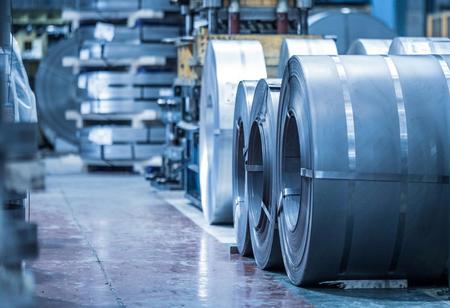The global structural steel market size is estimated to reach USD 141.49 billion by 2026 growing at a CAGR of 5.6% during the forecast period, according to a new study published by Polaris Market Research. The report ‘Structural Steel Market, [By Product (Heavy Structural Steel and Light Structural Steel), By Application (Non-Residential {Industrial, Commercial, Offices, Institutional, and Others} and Residential), By Regions]: Market size & Forecast, 2018 – 2026’ provides an extensive analysis of present market dynamics and predicted future trends.
Structural steel market is primarily driven by increased utilization in heavy-material industries. Increasing R&D operations in structural steel production to improve corrosion resistance, strength, and durability is likely to have a positive impact on the global structural steel industry. Rapidly growing demand from end-use industries such as is also expected to boost the market growth over the forecast period.
Structural steels have extensive application in transmission line towers, construction, and manufacturing sheds. Increasing awareness among consumer about flexibility and fabrication in construction materials is anticipated to increase structural steel market size over the forecast period.
Increasing use of product in construction of residential and non-residential structures especially in the developing countries are major driving factors for the market.
Transmission tower is among one of the most significant applications that consumes large quantity of different type of structural steel. Global target by different regional governments to achieve maximum electrification, specifically in the underdeveloped areas has further strengthened the transmission tower market. This in turn has led to increased utilization of structural steel for manufacturing different types of transmission towers.
Rising environmental impacts are encouraging governments, manufacturers and consumers to use environmentally sustainable products, which is further expected to escalate demand for structural steel. Major manufacturers are developing technically advanced steel products which can help in waste reduction and can be suitably recycled. Buildings made by these products do not include mandates such as treatments for preventing insect infestation, mold, and decay, which is anticipated to strengthen the market growth.
Building & construction is among the most lucrative application segment for structural steels. Growing number of supportive initiatives by the governments across the regions to provide subsidies and funds to make housing affordable, especially for the lower- & middle-income factories has resulted in increased consumption of structural steel in residential construction.
Asia Pacific is the dominant regional segment for structural steel with rapid demand coming from China, India and Southeast Asian countries such as Indonesia, Vietnam, and Thailand. Demand in these countries is boosted by extensive infrastructural investments. North America and Europe have also witnessed moderate growth rates in the market.
The global market if highly competitive and moderately fragmented. Mergers & acquisitions and joint ventures are some of the key strategies undertaken by the major market players in the industry. Some of the key structural steel market players includes Arcelor Mittal S.A., Hebei Group, Baosteel Group Co., Nippon Steel & Sumitomo Metal Corporation, POSCO, Tata Limited, Wuhan Group, and Bohai Group.
 Magazine
Magazine
